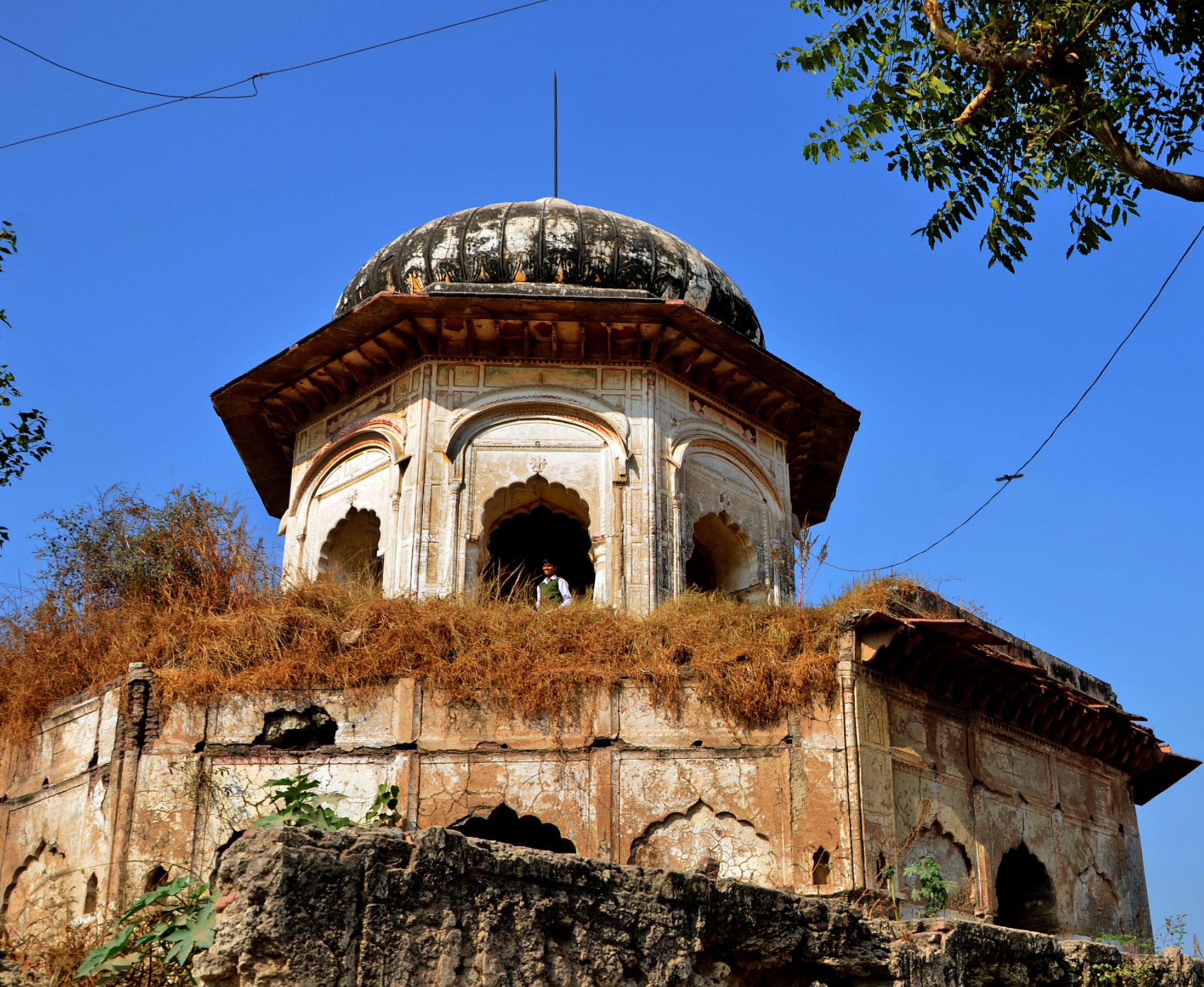Farrukhnagar stands as a testament to the rich architectural and cultural heritage of the Mughal era, nestled in the heart of Haryana. Established in 1732 by Faujdar Khan, a Baloch nobleman serving under Emperor Farrukhsiyar, the town embodies a unique narrative of historical grandeur and architectural magnificence.
The town's urban design reflects the sophisticated planning of the Mughal period, featuring an innovative octagonal layout with five distinctive gated entrances. The Dilli Darwaza, one of the few surviving gates, serves as a remarkable architectural remnant that symbolizes the town's historical significance. These structural elements provide insights into the complex urban planning strategies employed during the 18th century.
Architecturally, Farrukhnagar's havelis represent a remarkable fusion of post-Mughal design principles and cultural expression. Constructed using traditional materials like red sandstone, Mughal bricks, and Jhajjar stone, these structures showcase intricate frescoes and decorative elements that narrate stories of artistic sophistication. Despite being less renowned than other regional monuments, these havelis carry profound cultural and historical importance.
The town played a critical role during the Indian Rebellion of 1857, with Nawab Ahmad Ali Khan emerging as a significant participant. His involvement, alongside other regional chiefs, marked a pivotal moment in the region's resistance against British colonial expansion. The subsequent British intervention led to the confiscation of the town's jagir, fundamentally altering its socio-political landscape.
Farrukhnagar's historical narrative extends beyond architectural beauty, encompassing economic significance through its prominent role in the salt trade. The town's strategic location and economic activities contributed to its importance during the Mughal period, making it more than just a architectural remnant but a vibrant economic center.
Archaeological and cultural heritage departments have been instrumental in preserving and restoring the town's historical structures. The restoration of monuments like the Sheesh Mahal and the maintenance of Gol Baoli demonstrate a committed approach to preserving Farrukhnagar's rich cultural legacy. These efforts ensure that the town's historical narratives continue to be accessible to future generations.
The cultural significance of Farrukhnagar transcends its physical structures, embodying a complex tapestry of historical experiences, architectural innovations, and social transformations. Each haveli, each gate, and each restored monument tells a story of resilience, artistic excellence, and the intricate layers of India's historical evolution during the Mughal era.
Modern scholarly and archaeological interest in Farrukhnagar continues to unveil its multifaceted historical importance. As researchers delve deeper into its architectural remnants and historical records, the town emerges not just as a geographical location but as a living museum of cultural and architectural heritage, preserving memories of a complex and vibrant historical period.





